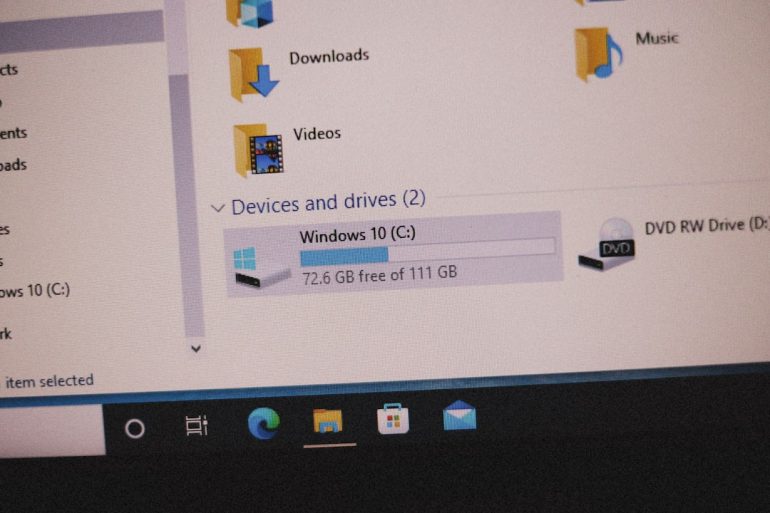Fix Windows Error 0x80071771 Quickly
Encountering Windows errors can be frustrating, especially when they interrupt important tasks. One such error that many users face is the Windows Error 0x80071771. This error typically arises when attempting to access, move, or delete encrypted files, especially after migrating your PC or recovering backup data. Fortunately, there are multiple proven ways to resolve this error quickly and effectively.
Before we dive into solutions, let’s understand what causes this error.
What Is Windows Error 0x80071771?
Table of Contents
The 0x80071771 error is associated with the Encrypting File System (EFS). It typically indicates that access is denied because the current user does not have the appropriate decryption key or certificate to access the file. This is common in scenarios like:
- Restoring files from a backup from a different PC or user account
- Upgrading or reinstalling Windows
- Changing user profiles or domain settings
When trying to open or move such encrypted files, you might see an error message like:
Error 0x80071771: The specified file could not be decrypted.

Steps to Fix Error 0x80071771
To solve this problem, try the methods below in the order listed. These are safe and recommended solutions.
1. Run Command Prompt as Administrator
In many cases, administrative privileges are required to access encrypted data.
- Click Start and type cmd
- Right-click on Command Prompt and select Run as administrator
Now run the following command:
cipher /d "full_path_to_the_encrypted_file_or_folder"
This command attempts to decrypt the file, provided the correct encryption certificate exists on your device.
2. Restore the Encryption Certificate
If the decryption key or certificate is missing, you need to restore it from a backup. Certificates can be saved as .pfx files. To import the certificate:
- Open Run by pressing Windows + R
- Type certmgr.msc and press Enter
- In the left panel, right-click Personal > All Tasks > Import
- Use the wizard to select and import your .pfx file
Restart your computer and try accessing the file again.
3. Take Ownership of the File or Folder
If you’re denied access, it might be due to a mismatch in ownership. Here’s how to take ownership:
- Right-click the file or folder and choose Properties
- Click on the Security tab, then click Advanced
- Click Change next to “Owner” and enter your username
- Check the box for “Replace owner on subcontainers and objects”
- Click OK and Apply
After gaining ownership, repeat the decryption steps if needed.

4. Use Windows File Recovery Tools
If the file is still inaccessible, consider using tools like:
- Windows File Recovery (available on Microsoft Store)
- Recuva from Piriform
- EaseUS Data Recovery Wizard
These tools can scan your system for inaccessible files and restore them in a readable state.
5. Check Group Policy and User Settings
Sometimes, your system might have restrictions applied via Local Group Policy Editor. Check whether EFS is enabled:
- Press Windows + R, type gpedit.msc and hit Enter
- Navigate to Computer Configuration > Administrative Templates > System > Filesystem > Encrypting File System
- Ensure policies aren’t disabling access or decryption
Final Thoughts
The Windows Error 0x80071771 can seem complex, especially due to its ties with encryption and user permissions. However, with a systematic approach—starting from using built-in Windows tools to restoring the proper encryption certificate—most users will be able to resolve this error efficiently.
If none of the above steps work, contacting Microsoft support or a professional IT technician may be necessary, especially if the encrypted files are critical and irreplaceable.
Always make sure to back up your encryption certificates and use secure password management to store your keys. Avoid transferring encrypted files between systems without ensuring the destination system has the correct credentials. Prevention will always be less painful than recovery.







